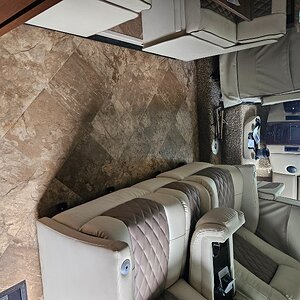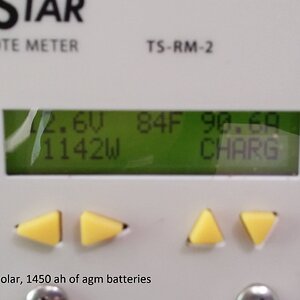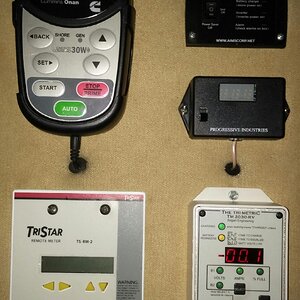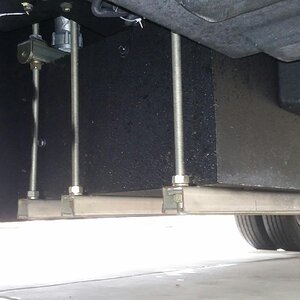Thanks - the plumbing schematics show a S-trap under the shower. I know the sinks have the flex backflow drains. Any case, once i removed the check valve on the gray tank for the backwash line, everything drains fine now with the main valve closed as it now vents the air out that backwash line at the very top of the tank! Problem solved! :0This is used in drains when conventional p traps are not used. Don't ever use a plunger on that drain or you will collapse it.
Welcome to RVForums.com
- Register now and join the discussion
- Friendliest RV Community on the web
- Modern site for PC's, Phones, Tablets - no 3rd party apps required
- Ask questions, help others, review campgrounds
- Get the most out of the RV Lifestyle
- Invite everyone to RVForums.com and let's have fun
- Commercial/Vendors welcome
Answered Shower not draining properly
- Thread starter Smk52
- Start date












